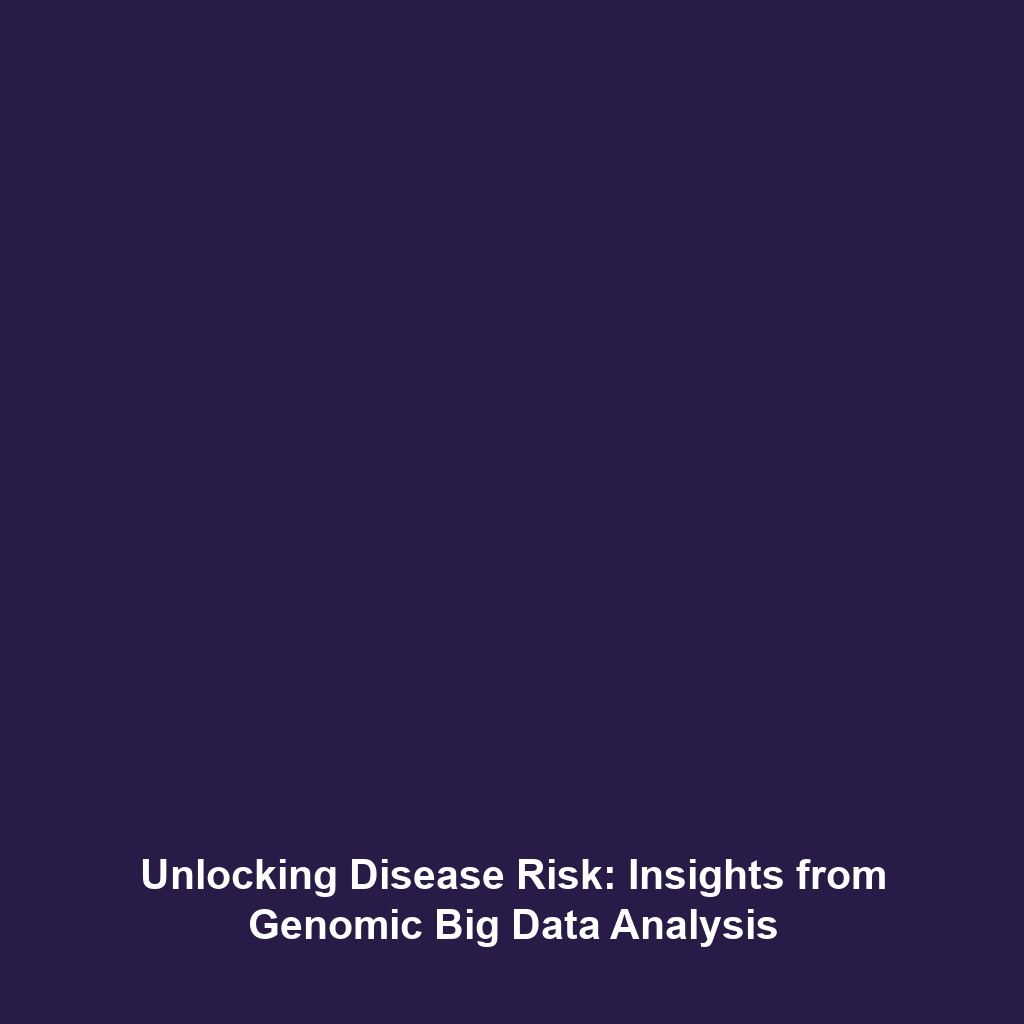Prenatal Development: How the Nervous System Forms from the Neural Tube
Introduction
Prenatal development is a critical phase in human growth, establishing the foundational structures of the body, particularly the nervous system. This article delves into how the nervous system arises from the neural tube during embryonic development, an essential process that significantly influences biomechanics. Understanding these mechanisms not only enhances our knowledge of human biology but also opens doors to advancements in medical science, robotics, and rehabilitation technologies. The intricate processes involved in neural tube formation and subsequent nervous system development are pivotal within the broader context of biomechanics, merging biology with mechanical principles.
Key Concepts
Neural Tube Formation
The neural tube is a precursor to the central nervous system, consisting of the brain and spinal cord. It forms through a process known as neurulation, which involves folding and fusion of the neural plate. Deficiencies during this stage can lead to severe congenital disabilities, emphasizing the importance of understanding this phase.
Biomechanical Relevance
Biomechanics examines the mechanical aspects of biological systems. In the context of prenatal development, the biomechanics of the neural tube and surrounding tissues plays a critical role. Mechanical forces influence neural cell differentiation and morphogenesis, impacting how these tissues interact and develop under various conditions.
Applications and Real-World Uses
The study of prenatal development, specifically the formation of the nervous system from the neural tube, has numerous applications within biomechanics:
- Enhanced Medical Treatments: Insights into neural development allow for targeted therapies in prenatal care, reducing risks of neural tube defects.
- Robotics Development: Creating biological models to inspire more efficient robotic designs, mimicking the flexibility and adaptability of the human nervous system.
- Rehabilitation Engineering: Applications of biomechanics in understanding movement patterns influenced by neural development, aiding in the design of better rehabilitation programs.
Current Challenges
Understanding prenatal development and its biomechanics is accompanied by several challenges:
- Limited Experimental Access: Ethical concerns limit research on human embryos, making it difficult to obtain comprehensive data.
- Complex Interaction Mechanisms: The interplay between genetic and environmental factors is intricate and not entirely understood.
- Deficiency in Early Detection: Identifying neural tube defects early poses a significant challenge in prenatal diagnostics.
Future Research and Innovations
Future innovations in the study of prenatal nervous system development are likely to focus on various breakthroughs, including:
- Genetic Editing Technologies: Tools like CRISPR could allow for precise modifications in the genetic factors influencing neural tube development.
- Advanced Imaging Techniques: Improvements in imaging could enhance our ability to visualize and understand embryonic development in real-time.
- Biomechanical Modelling: Next-generation simulations and models could precisely replicate the mechanical forces at play during neural development, contributing to both medicine and bioengineering.
Conclusion
Prenatal development, particularly the development of the nervous system from the neural tube, plays a crucial role in biomechanics. The intersection of these fields offers significant insights and practical applications that can revolutionize healthcare and technology. Researchers are encouraged to explore further the parameters influencing neural development to maximize potential benefits. For more information on biomechanics and related topics, consider reading our articles on biomechanics in robotics and biomechanical applications in medical treatments.

